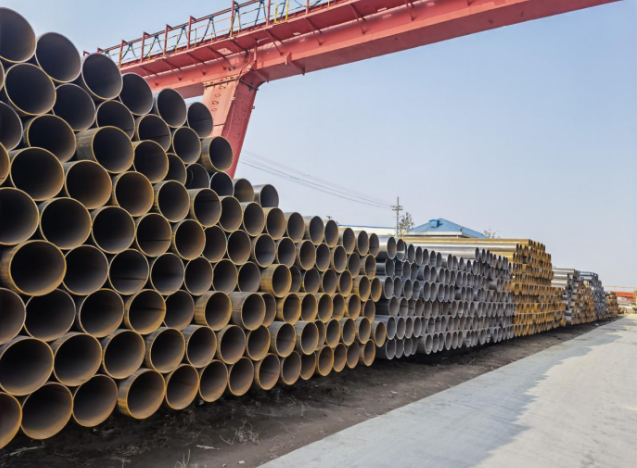
How to Solve these Problems Encountered in Welding?
Hot cracking, in the process of welding seam cooling, due to the sulfur and phosphorus impurities in the steel or welding material and the steel to form a variety of brittle and hard low-melting eutectics, in the process of welding seam cooling, solidified low-melting eutectic Under tension, it is easy to crack.
Cold cracks, which occur in the range of 200℃ to room temperature, have delayed characteristics. They appear in a few minutes to a few days after welding, so they are also called delayed cracks. It is related to the selection of steel, the design of the structure, the storage and application of welding materials, and the welding. The craftsmanship is closely related.
Preventive measures: For cold cracks, welding rods with good crack resistance, low hydrogen or ultra-low hydrogen, and low strength should be selected, and the preheating temperature and heat input energy should be controlled to reduce the tendency of cold cracks. For hot cracks, nickel content should be selected. High steel, and using refining methods to increase the purity of the steel, reduce the impurity content, control the concavity of the weld to be less than 1mm, reduce the heat input to reduce the tendency of hot cracking.
2. Not fused and not penetrated
The main reasons are improper process parameters, measures and groove size, insufficient surface cleanliness of the groove and weld, or impurities such as oxide scale and welding slag, and poor welder craftsmanship.
Preventive measures: Before welding, ensure that there is no debris on both sides of the edge of the groove, and determine the shape of the groove and the assembly gap. When welding, select the welding current, electrode angle and transport speed reasonably. If the weldment conducts heat quickly and the heat dissipation area is large, Preheat before welding or use flame heating while welding. The beginning of the weld and the joint can be preheated by long arc before welding. In order to obtain a full penetration weld, single-sided welding should be used as much as possible. The forming process, in addition, in order to avoid the phenomenon of magnetic bias, the arc should not be biased to ensure uniform heating everywhere.

3. Lamellar tearing
When the welding temperature is cooled to below 400℃, due to the large thickness of the plate and the high impurity content, especially when the sulfur content is high, the low-alloy high-strength steel with strong segregation along the parallel direction of the plate rolling, when it is subjected to vertical When the force is applied in the thickness direction, "step" type laminar cracks will occur along the rolling direction.
Preventive measures: reduce the size of the weld fillet to reduce the volume of the weld metal, correctly select the Z-direction steel structure, you can use low-hydrogen welding methods and low-strength welding materials, and use appropriately small heat transfer to reduce heat effects , So as to reduce the shrinkage strain, but at this time must prevent the generation of cold cracks.
Strictly control the size of the weld seam, use small bead and multi-bead welding to avoid excessive welding feet. Proper preheating is beneficial, but it is necessary to prevent the increase in shrinkage strain and intermediate annealing to eliminate stress.
4. Stoma
Precipitation-type pores are mainly hydrogen and nitrogen pores, most of which are surface pores. The main difference between hydrogen pores and nitrogen pores is that hydrogen pores are mainly single pores, while nitrogen pores are mostly dense pores; reactive pores are in the steel The welding of non-ferrous metals is dominated by carbon monoxide pores. The main causes of weld pores are related to the selection, preservation and use of welding materials, the selection of welding process parameters, the cleanliness of the base metal of the groove, and the degree of protection of the molten pool. relationship.
Preventive measures: Before welding, the oil stains and rust on the surface of the base metal and welding materials should be strictly cleaned, the welding materials should be dried, the welding materials should be selected correctly, the gas source should be strictly controlled, the welding area should be strengthened, and the molten pool should be eliminated. For gas, proper welding process parameters should be used to optimize the welding process.
Tips: In case ASTM A53 Grade B in ERW pipe (electric resistance welded), the weld seam shall be done the heat treatment with a minimum 1000°F [540°C]. In this way the no untempered martensite remains.
In case ASTM A53 B pipe in cold expanded, then expansion should not exceed 1.5% of the required OD.


